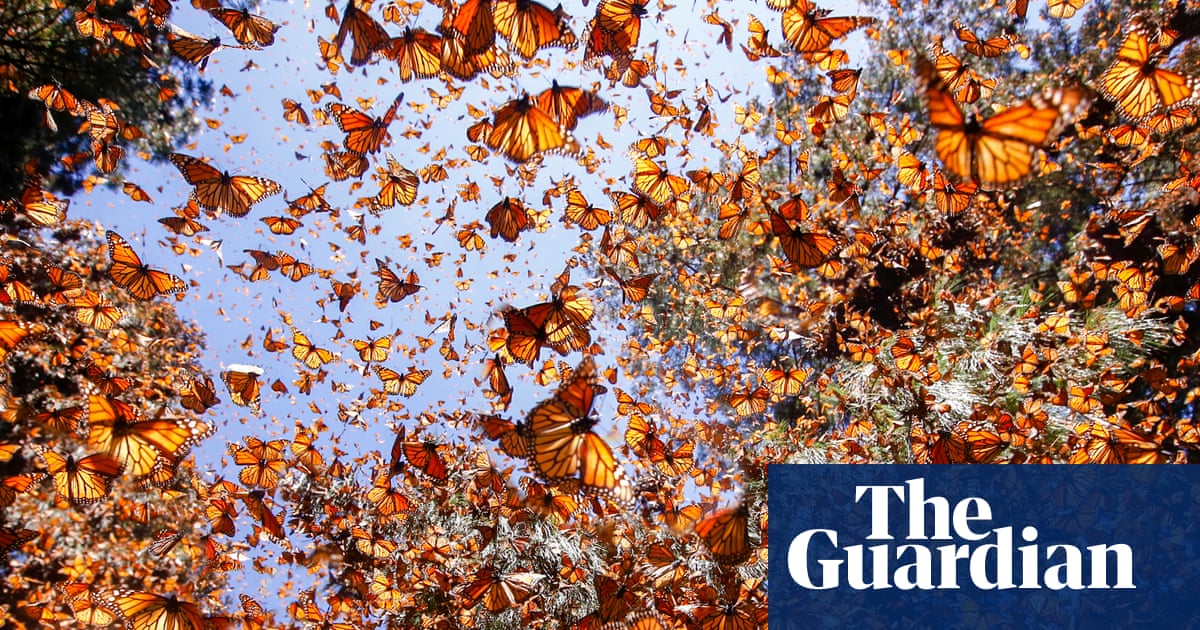
"The last great auk, it is said, was strangled unceremoniously in its sleep in 1844. Plump and penguin-like, the great auk had survived for hundreds of thousands of years until humans discovered the utility of its soft down feathers, eggs and meat. Great auks mate for life, and it was on Eldey island in Iceland where the final pair on Earth met their fate at the hands of three fishermen who fell upon them."
"I took him by the neck and he flapped his wings. He made no cry. I strangled him, said the man who killed the last of a species. Extinction is rarely loud. It is a whisper, so quiet that you might just miss it. The great auk wasn't the first to fall to extinction at the hands of humanity, and it certainly wasn't the last."
"Land and sea both bear the scars of humanity's rule. Today, one million plant and animal species face extinction. Wild mammals make up less than 6% of the total mammal biomass on Earth, dwarfed by humans and livestock. That is, by weight, humans and their food dominate and devour the globe. The children born today face the very real possibility of a world emptied of much of its wildlife. This is a catastrophic legacy."
The last great auk was killed on Eldey island in 1844 when three fishermen strangled the final pair for feathers, eggs and meat. Extinction often occurs quietly, with many species slipping into oblivion unnoticed. Numerous species have already been lost or severely impacted, including the smooth handfish, Yangtze river dolphin, quagga, Pyrenean ibex and Rocky Mountain locust. The Anthropocene marks a human-dominated era in which land and sea bear visible scars. Today about one million plant and animal species face extinction and wild mammals comprise less than 6% of mammal biomass, overwhelmed by humans and livestock. The current trajectory risks a future largely emptied of wildlife.
Read at www.theguardian.com
Unable to calculate read time
Collection
[
|
...
]